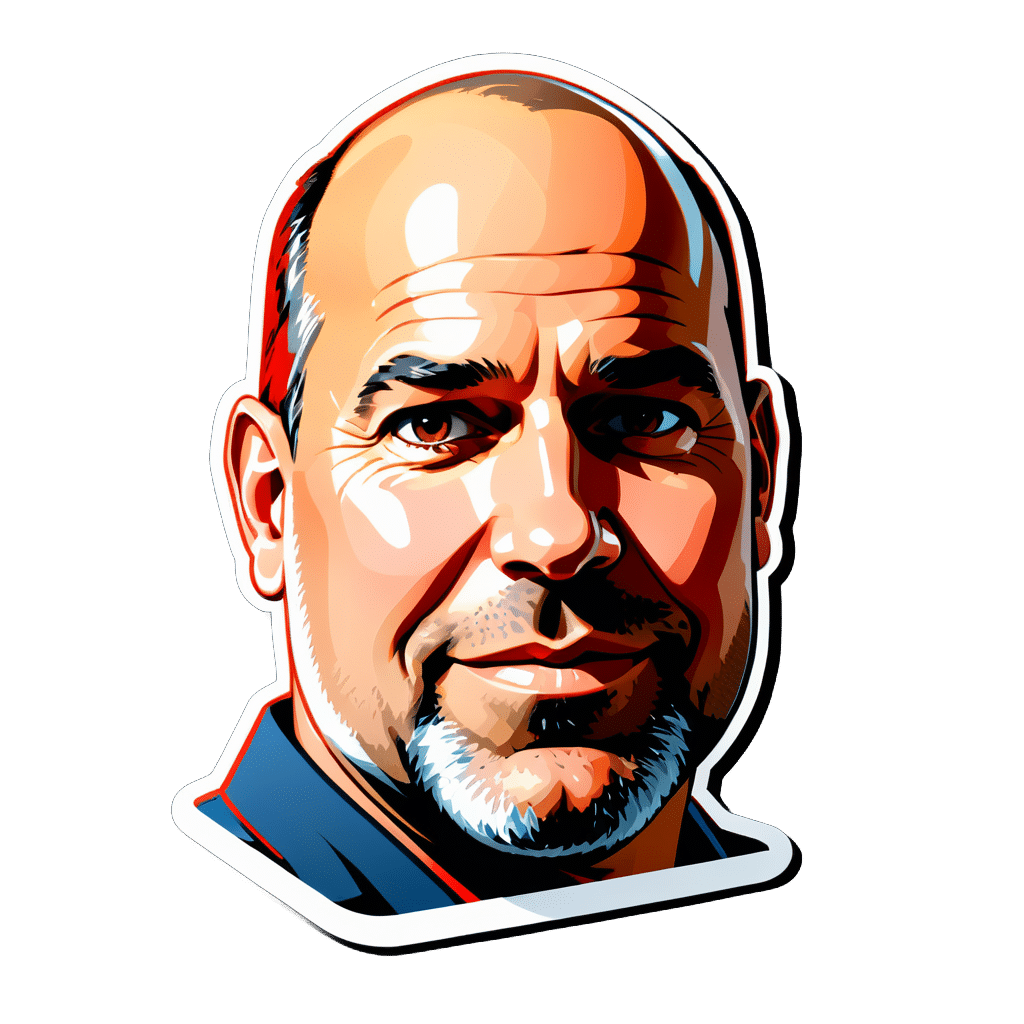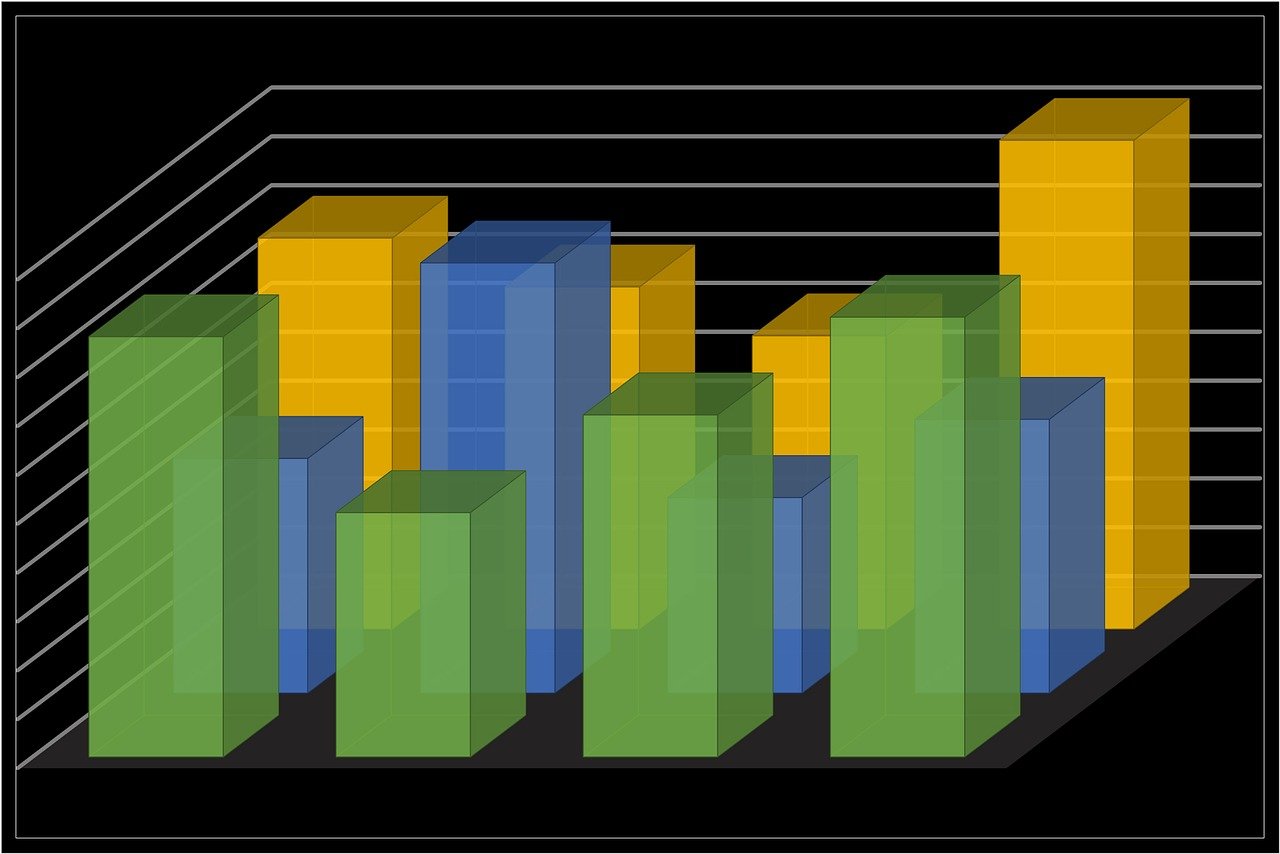On-page optimization is a crucial factor in achieving better ranking in search results. In this article we will show you how Meta Tags, Headings, URL structure and the content on your website can be optimized to achieve better ranking.
Important meta tags for search engine optimization
Meta Tags are important elements in a website's HTML code that provide search engines with information about the content of a page.
The title tag
The Title tag is one of the most important meta tags and directly influences the ranking in search results. It should be precise, meaningful and contain the main keyword of the page.
The meta description
The meta description is a short text that describes the content of a page. It appears in search results and influences the click-through rate (CTR). A good meta description should contain the main keyword and encourage users to click.
Meta descriptions are an important part of search engine optimization and should be carefully worded to attract the attention of potential visitors.
Meta keywords
Meta keywords are now less important for this Ranking, but can still be used for internal organization and to define focal points.
Headings for better structuring
Headings are essential for structuring the content of a page and increasing readability.
H1 headings
The H1 heading is the main heading of a page and should contain the main keyword. There should only be one H1 heading per page.
H2 headings
H2 headings are used to divide the content into thematic sections. They should contain relevant keywords and make the reader curious about the content of each section.
H3 and H4 headings
H3 and H4 headings help to further structure the content and increase understandability. They should also contain thematically relevant keywords.
The optimal URL structure
A well structured one URL is essential for search engine optimization.
Keywords in the URL
The URL should contain the main keyword of the page search engines and to clarify the content of the site to users.
Clean and simple URLs
Clean and simple URLs are easy to understand and can be used by search engines be crawled better. Avoid unnecessary ones Parameter and characters in the URL.
Breadcrumbs for navigation
Breadcrumbs are navigation aids that show the path to the current page show. They improve user-friendliness and can have a positive influence on the ranking.
Content optimization for better rankings
The content of a page is the heart of on-page optimization.
Keyword research and placement
A thorough one Keyword research is essential for finding the right keywords for the content. Place the main keyword in the H1 heading, title tag, meta description and first paragraph of the text.
Use of synonyms and topic-relevant terms
search engines now recognize semantic connections between concepts. Therefore, use synonyms and thematically appropriate terms to make the content more natural and diverse.
User-friendly formatting
Format your content clearly and attractively by using paragraphs, bulleted lists, and bold font. This increases readability and ensures a better user experience.
Internal linking
Within the text, link to other relevant pages of yours Websiteto keep users on your site longer and increase your website's authority.
Content updates and expansions
Update and expand your content regularly to keep it fresh and relevant. This leads to better ranking in search results.
Conclusion: On-page optimization as the key to success
A good on-page optimization is the Key to success in search results. Pay attention to optimizing meta tags, headings, URL structure, and content to achieve better ranking.
FAQ: Frequently asked questions about on-page optimization
1. How do I find the right keywords for my site?
Use keyword-Research tools like Google Keyword Planner, SEMrush or Ahrefs to find relevant keywords for your target audience and your industry. Also take into account the search volumes and the Competition for the selected keywords.
2. How often should I use the main keyword in the text?
There is no hard and fast rule for the frequency of using the main keyword, but it is important to maintain a natural writing style and avoid keyword stuffing. Make sure to place the main keyword in important areas such as the H1 heading, title tag, meta description and first paragraph.
3. How long should the meta description be?
The ideal length of a meta description is around 155-160 characters. A longer meta description may be cut off in search results.
4. Should I change all my URLs to optimize?
It is not always necessary to change all URLs. However, if a URL is unclear or unstructured, optimization may make sense. Be careful of 301 redirects for modified URLs Set up to give the link juice and redirect visitors to the new URL.
5. How can I determine if my on-page optimization is successful?
Measure the success of your on-page optimization through ranking improvements, increased visibility in search results, increased organic Traffic and improved user signals such as dwell time and bounce rate. Use analysis tools like Google Analyticsto monitor these metrics and identify potential for improvement.
More tips for on-page optimization
In addition to the basic optimization measures described in this article, there are other aspects that you should consider when doing on-page optimization:
Image optimization
Pictures are an important part of websites and can influence both the user experience and the ranking. Optimize yours Picturesby assigning them meaningful filenames and alt tags that contain relevant keywords. Compress image files to reduce your page loading time.
Responsive web design
A pair of responsive Web design ensures that your website displays optimally on various devices, such as desktop computers, tablets and smartphones. Google prefers websites with responsive design, as they provide a better user experience.
Page load time
The loading time of a page is an important ranking factor. Optimize your website to reduce load time by compressing file sizes, optimizing code, and minimizing the use of external scripts and stylesheets.
SSL encryption
SSL encryption (Secure Socket Layer) ensures a secure connection between the web server and the user's browser. Google prefers websites, which have SSL encryption as they offer a higher level of security.
Social media integration
The integration of social media buttons on your Website can encourage users to share your content, thereby increasing your page's visibility. Make sure that the buttons are not too intrusive and do not affect the user experience.
Summary and Outlook
On-page optimization is a continuous process that involves optimizing all aspects of a website to achieve better ranking in search results. The optimization of meta tags, headings, URL structure and content is of central importance. You should also consider aspects such as image optimization, responsive web design, page load time, SSL encryption and social media integration.
In order to measure and continually improve the success of your on-page optimization, it is important to keep an eye on the relevant metrics and rankings and make adjustments if necessary. This way you can ensure that your website is successful in search results in the long term and offers a positive user experience.





